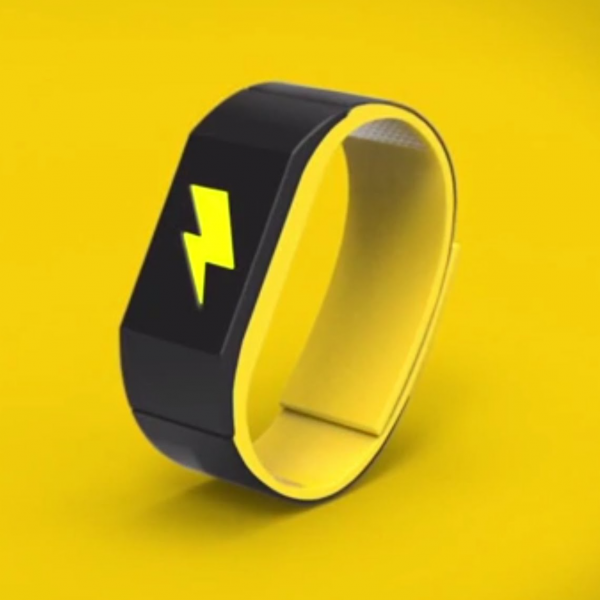
In 2012, Maneesh Sethi was, like so many writers, having trouble sitting down to work. So he came up with an idea: He hired someone, via Craigslist, to follow him around and slap him on the face every time he didn’t write.
“I got five months of writing done in five days,” he says now. His post about this experiment went viral, and he began to think about how to turn that concept, based on “aversion therapy,” into a business.
The result: Pavlok, a bracelet that helps users break bad habits by giving them a slight electric shock every time they engage in the prohibited activity. Named after Ivan Pavlov, the famed Russian behavioral scientist and inadvertent dog trainer, Pavlok currently claims 5,000 to 6,000 daily users, with 35,000 bracelets sold. The most popular habit it’s used for is waking up early (Pavlok also has a shock alarm clock), followed by wasting time online, smoking, and unhealthy eating.
The concept sounds like something out of bad sci-fi, and it raises a lot of questions. For one, how painful are these zaps?
“You ever touch a doorknob and you get jarred awake?” Sethi says. “It’s like that. We wanted to make it very simple and safe. The charge rapidly hits you. It’s like a surprise. It makes you aware and in the moment. It’s not very painful.”
Second, how does a bracelet monitor your habits? It’s easy to see how it could, say, track your addiction to Facebook by monitoring your smartphone. And using location tracking, it can see if you stop into McDonald’s.
But harder-to-track habits—like quitting drinking—require a five- to 10-day course with accompanying audio.
The course “forces you to keep doing the behavior with our audio and the zaps,” Sethi says. “The best metaphor I can think of is, if you have too much tequila, it takes on a negative association—it makes you feel sick to look at it. When you are done, [the bad habit] creates that gross feeling.”
That’s in theory, of course. The most important question is whether the Pavlok actually works. Sethi claims a success rate of over 50 percent, and says the Pavlok is particularly successful for ending smoking and nail-biting.
But anecdotal evidence is mixed. One journalist said the shocks didn’t break her nail-biting habit. Another thought it helped him curb overeating on Thanksgiving.
The Pavlok has received tons of publicity; Stephen Colbert even made fun of it. Sethi admits that he’s still living down an off-the-rails appearance on Shark Tank; when he turned down a panelist’s offer for financing, he was cursed and called a “con artist.”
“That really destroyed our image,” he says now, noting it led to a flood of one-star ratings on Amazon.
Since then, Sethi has kept a lower profile, and he now hopes to broaden Pavlok’s concept.
“The shocks are what everyone focuses on,” he says. But he wants to build a behavior-modifying ecosystem, which will, in addition to punishing bad habits, offer reminders and rewards for the good ones. He is also developing a Pavlok necklace.
And while this product may never be sold in most jewelry stores—Money magazine said it looks like a “house-arrest bracelet”—it shows the increasing effect of Silicon Valley on our industry.
For a long time, the jewelry industry has acknowledged—sometimes it’s even boasted—that our products serve no practical purpose, aside from looking beautiful. Yet, inventors of wearables are increasingly looking at jewelry that also has a function—whether it’s monitoring your bodily functions, or reminding you of something, or, well, this.
It’s an entirely new way of looking at our product. And in a way, it’s kind of shocking.
Follow JCK on Instagram: @jckmagazineFollow JCK on Twitter: @jckmagazine
Follow JCK on Facebook: @jckmagazine